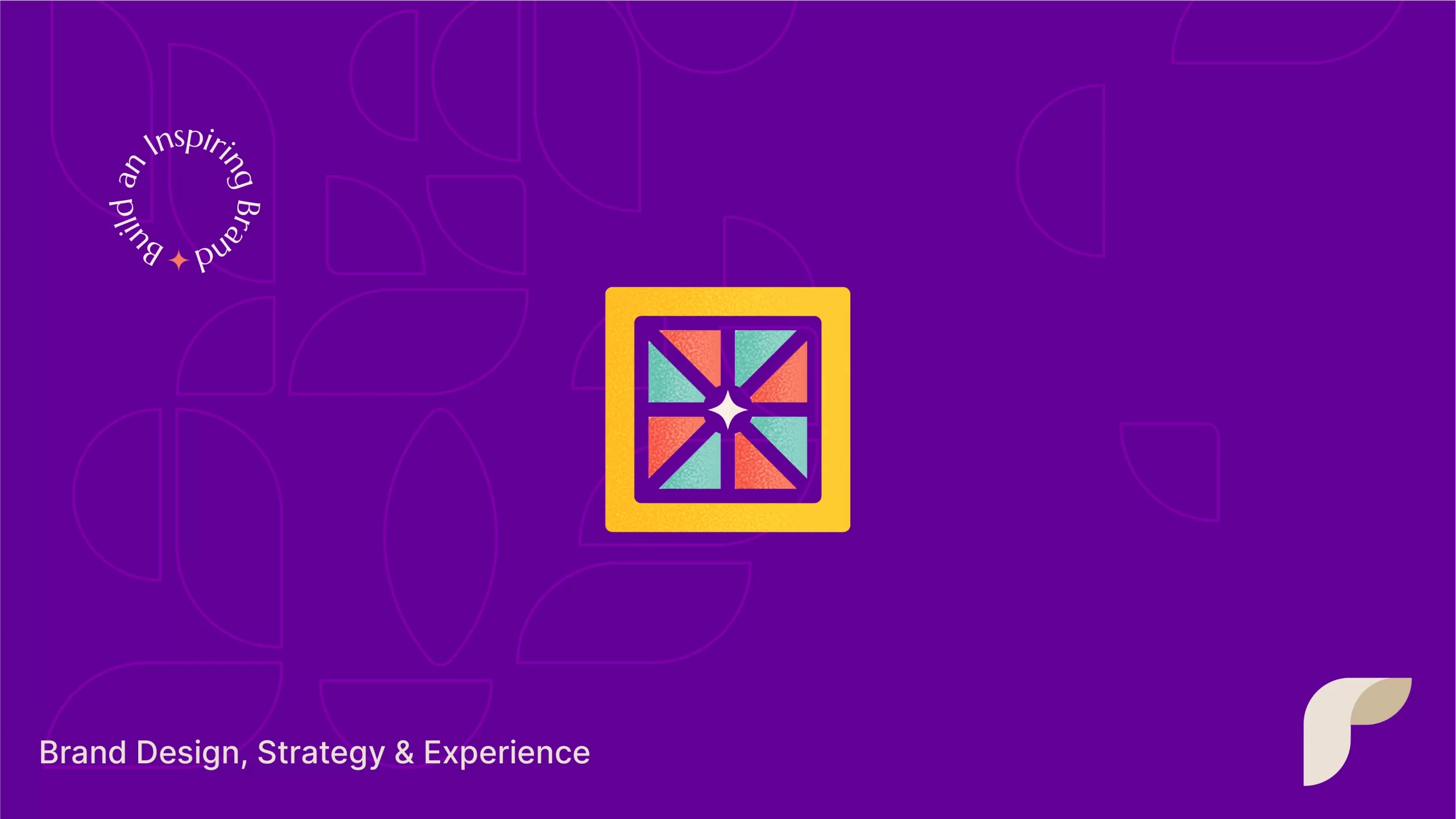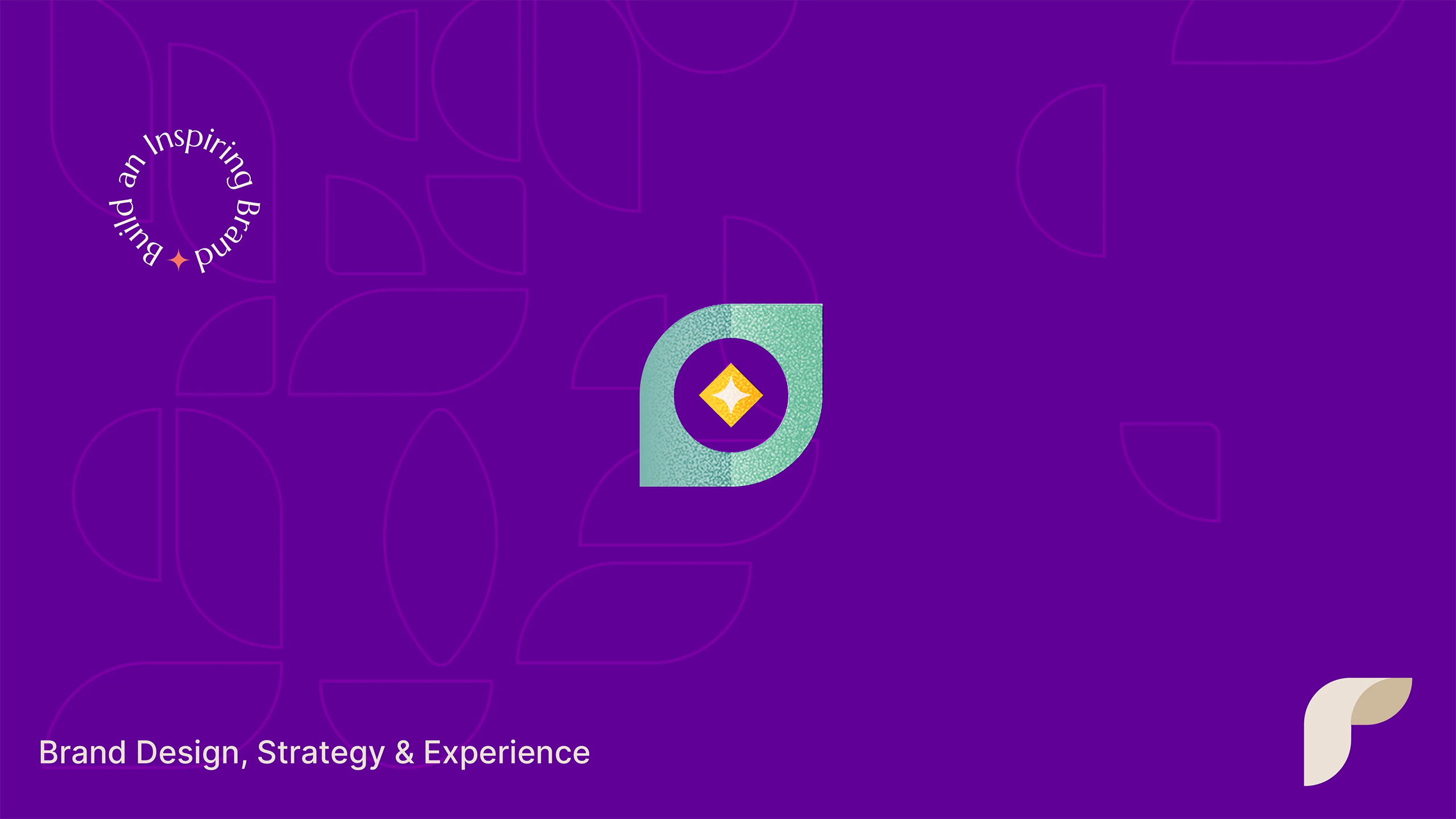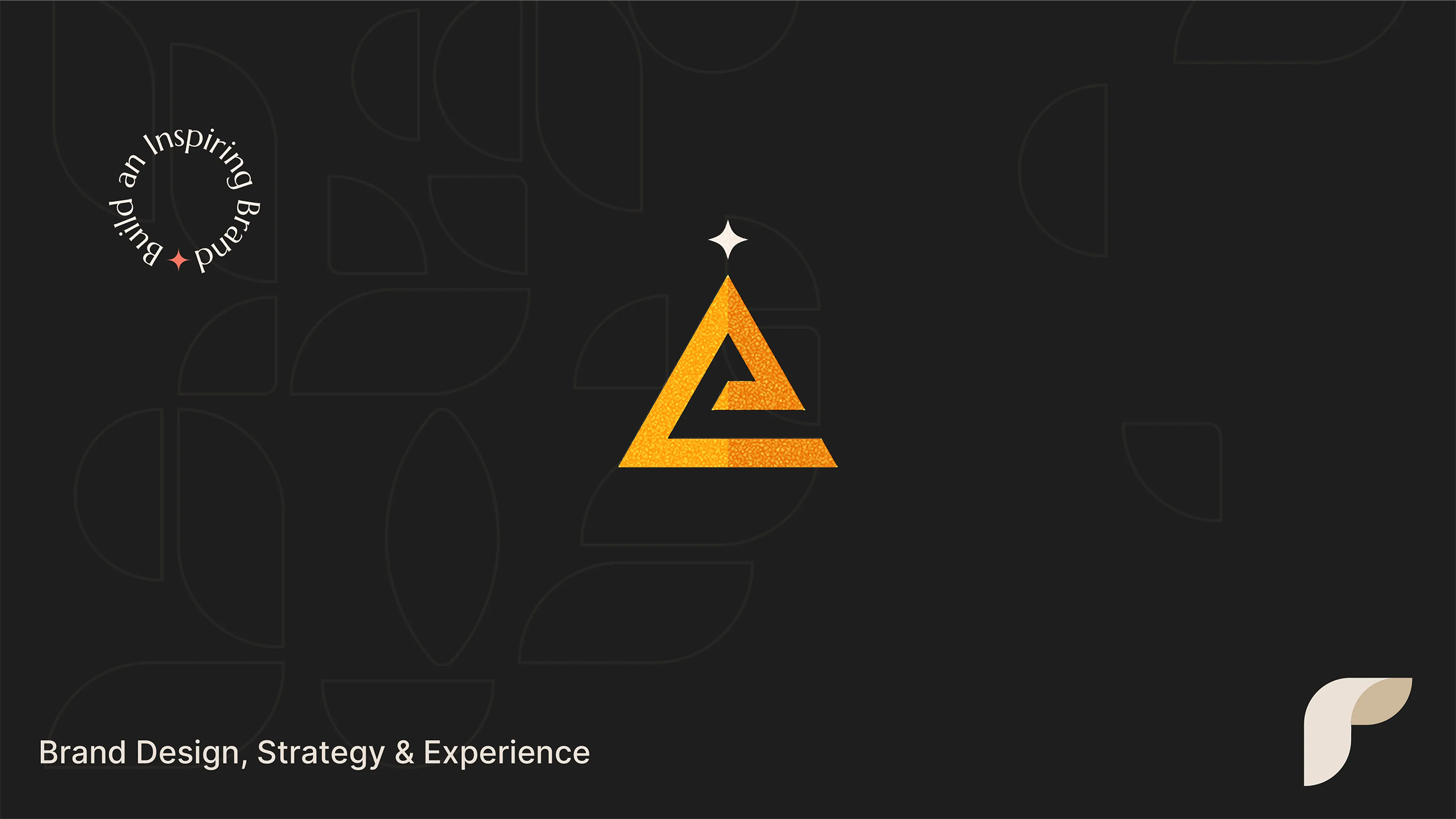Graphic design is an art form that blends creativity and functionality, serving as the visual language that communicates ideas, messages, and information. This field has evolved to become an integral part of various industries, going beyond mere aesthetics to shape perceptions and influencing decision-making.
While many are familiar with the broad concept of graphic design, few may realize the diversity within this field. There are many distinct types of graphic design, each with its unique characteristics, applications, and artistic demands. Exploring them not only broadens our understanding but also showcases the depth and versatility of graphic design.
What’s in this article?
8 Types of Graphic Design
Here are the 8 types of design without beating around the bush too much:
1.Web Design
Web design is a specialized branch of graphic design focused on creating visually engaging and user-friendly websites. It involves a meticulous blend of aesthetics and functionality to ensure a seamless and enjoyable online experience for users.
Effective web design incorporates elements such as layout, color schemes, typography, and imagery, all aligned with principles like balance, contrast, and emphasis. These elements work in harmony to capture attention and guide users through the digital landscape.
Websites like Apple and Airbnb exemplify outstanding web design, combining intuitive navigation, eye-grabbing visuals, and user-centric interfaces. These examples showcase how thoughtful design can elevate the online presence of a brand.
2. UI and Interactive Design
UI design focuses on creating interfaces that facilitate user interaction with digital devices and applications. It involves crafting visually appealing and intuitive layouts to enhance the overall user experience.
Interactive design principles prioritize user engagement, employing techniques like responsive design and user feedback to create seamless interactions. From mobile apps to websites, UI design plays a pivotal role in shaping the digital world.
With the rise of smartphones and smart devices, UI design has become increasingly critical. Companies like Google and Microsoft leverage UI design to enhance the usability and aesthetics of their software, showcasing the impact of design on modern technology.
3. Advertising and Marketing Design
Advertising and marketing design are dedicated to creating visual materials that can communicate a brand’s message and value proposition well. From print ads to digital campaigns, design serves as the cornerstone of successful marketing strategies.
Successful advertising design combines visuals, copy, and strategic placement to grab attention and leave a lasting impression. Brands like Coca-Cola and Nike have mastered the art of using design to convey powerful messages in their advertisements.
Examining case studies, such as the iconic “Share a Coke” campaign, reveals how innovative marketing design can resonate with consumers on a personal level. This creates brand loyalty and increased sales. These success stories underscore the pivotal role of graphic design in the marketing landscape.
Also read: How design influences customer’s buying decisions?
4. Motion Graphics and Animation
Motion graphics and animation bring static designs to life, adding a dynamic dimension to visual communication. This type of design is prevalent in areas such as video production, advertising, and user interfaces.
Animation captivates audiences by conveying information in a visual manner. From explainer videos to animated logos, motion graphics enhance storytelling and brand recognition, demonstrating the power of movement in design.
Platforms like Netflix utilize motion graphics in their opening sequences, creating memorable and immersive experiences for viewers. These examples showcase how motion graphics contribute to creating a distinct visual identity in various media.
5. Packaging Design
Packaging design goes beyond aesthetics; it is a strategic tool for building brand identity and influencing consumer perceptions. The packaging serves as a visual gateway to the product, communicating its essence and value.
Successful packaging design considers factors such as functionality, shelf appeal, and brand consistency. Iconic brands like Apple and Tiffany & Co. exemplify how meticulous packaging design enhances the overall product experience.
Also read: Brand packaging design psychology: Science that wins people’s hearts
Exploring packaging designs like the minimalist approach of Apple’s product boxes or the playful designs of brands like Innocent Drinks reveals the diversity of packaging design strategies. These examples underscore the impact of thoughtful packaging in establishing brand recognition and fostering consumer loyalty.

6. Game Design
Game design integrates visual elements, storytelling, and user interaction to create immersive gaming experiences. Graphic designers in the gaming industry play a pivotal role in shaping the virtual worlds that captivate players.
Games like The Legend of Zelda and Overwatch show how graphic design contributes to visual storytelling within the gaming realm. From character design to environmental graphics, every element works cohesively to create a captivating narrative.
Studying the design of games like Minecraft and Fortnite showcases the varied approaches to graphic design in the gaming industry. These examples highlight how design choices influence gameplay and contribute to the success of a game in a competitive market.
7. Illustration
Illustration is a form of graphic design that involves creating visual representations of ideas, concepts, or narratives. It adds a personal and artistic touch to communication, serving as a powerful means of expression.
From traditional hand-drawn illustrations to digital art, the world of illustration encompasses a myriad of styles and techniques. Artists may choose to convey realism, abstraction, or a combination of both, showcasing the versatility of this graphic design type.
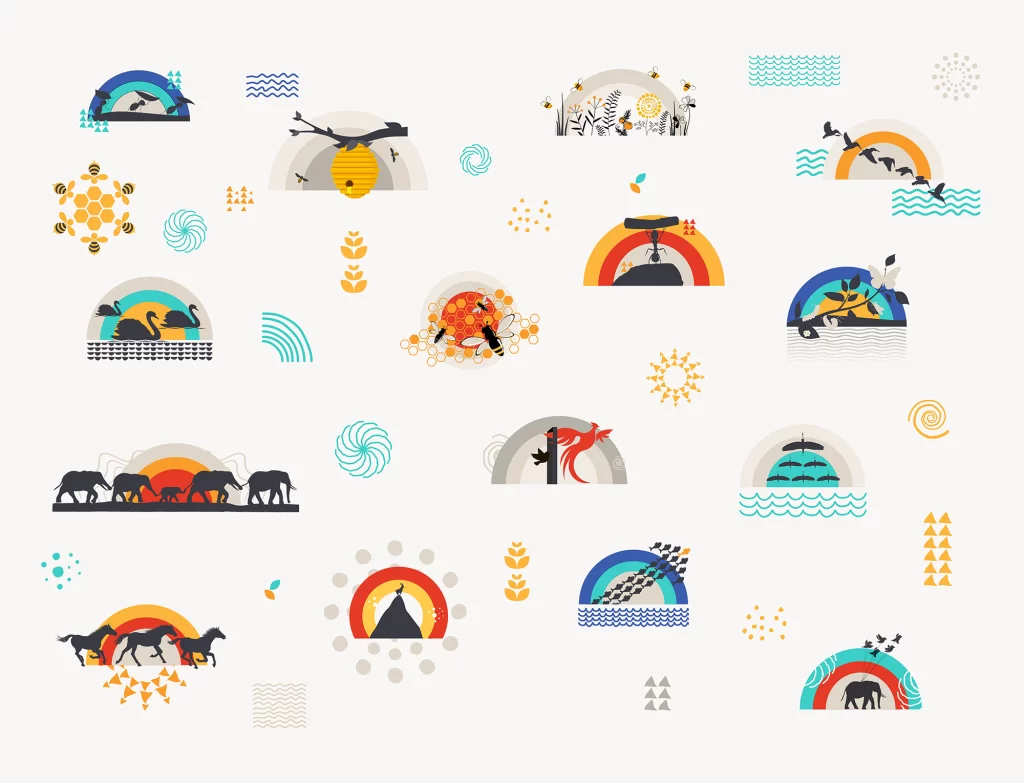
Incorporating illustration into graphic design is evident in editorial layouts, children’s books, and digital interfaces. The unique and expressive nature of illustration allows designers to convey complex ideas in an engaging manner, making it a valuable skill in the broader graphic design landscape.
8. Publication and Typographic Design
Publication and typographic design focus on the art and science of arranging text and images to create visually appealing and readable compositions. Typography, as a fundamental element, influences the overall aesthetic and communication effectiveness of publications.
Whether in print or on digital platforms, publication design demands a keen understanding of layout, hierarchy, and typography. Magazines like Vogue and digital publications like The Verge showcase how effective publication design enhances content consumption.
The evolution of typographic design is evident in iconic logos like Barbie, Louie Philippe, where the font itself becomes a recognizable element of the brand. Analyzing such brand positioning strategies emphasizes the impact of typography on graphic design and brand identity.
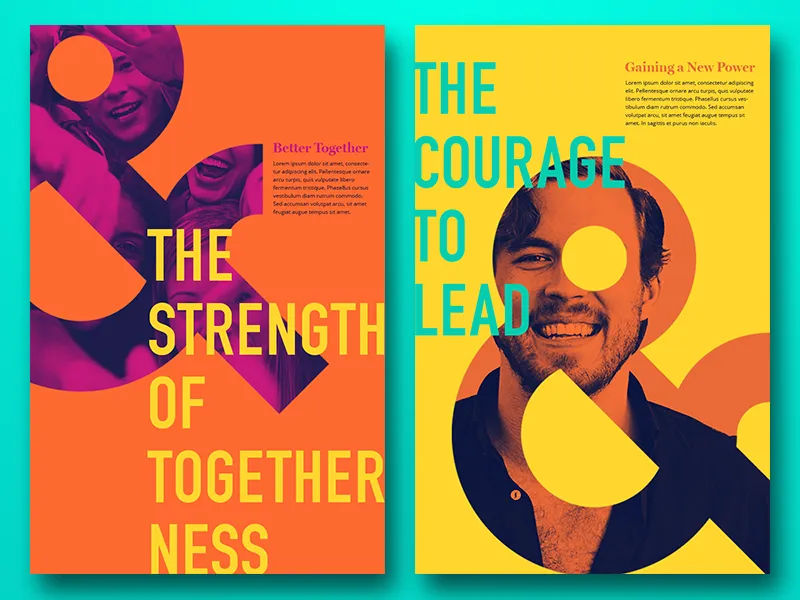
Conclusion
You now know with clarity that graphic design is a multifaceted discipline encompassing various distinct types.
From business branding and marketing to user interfaces and gaming experiences, graphic design is omnipresent. Its influence spans across print and digital media, making it an indispensable tool for effective communication in a diverse array of sectors.
Exploring and experimenting with the variety within graphic design not only enriches the field but also ensures its continued relevance in marketing and branding.

